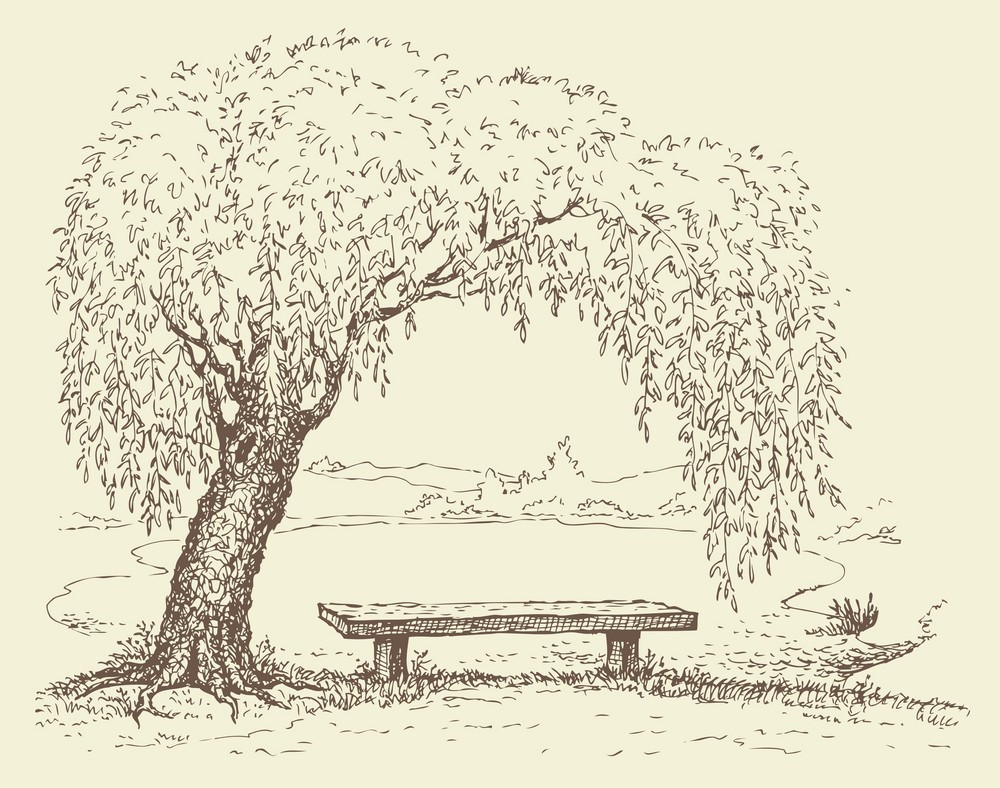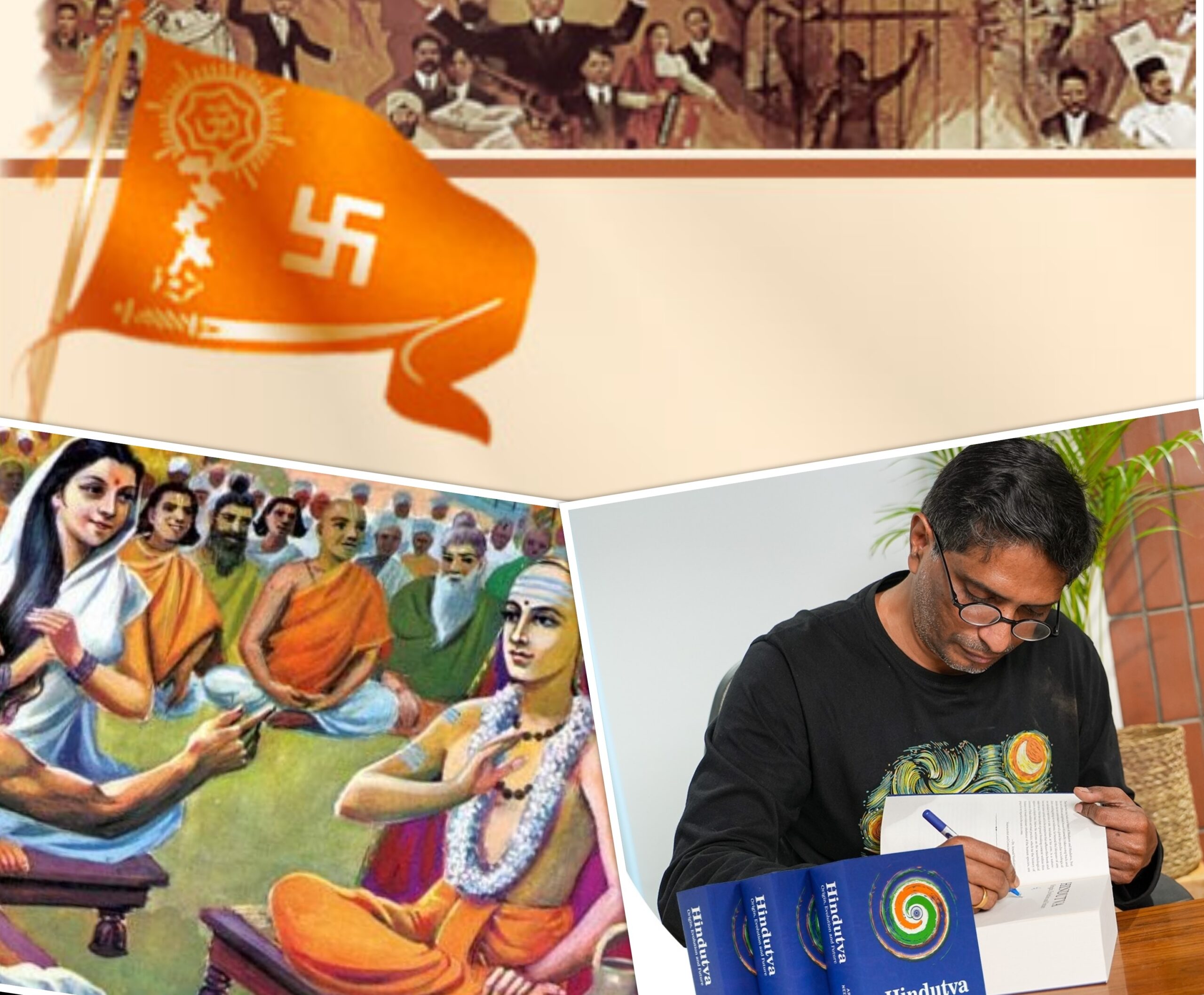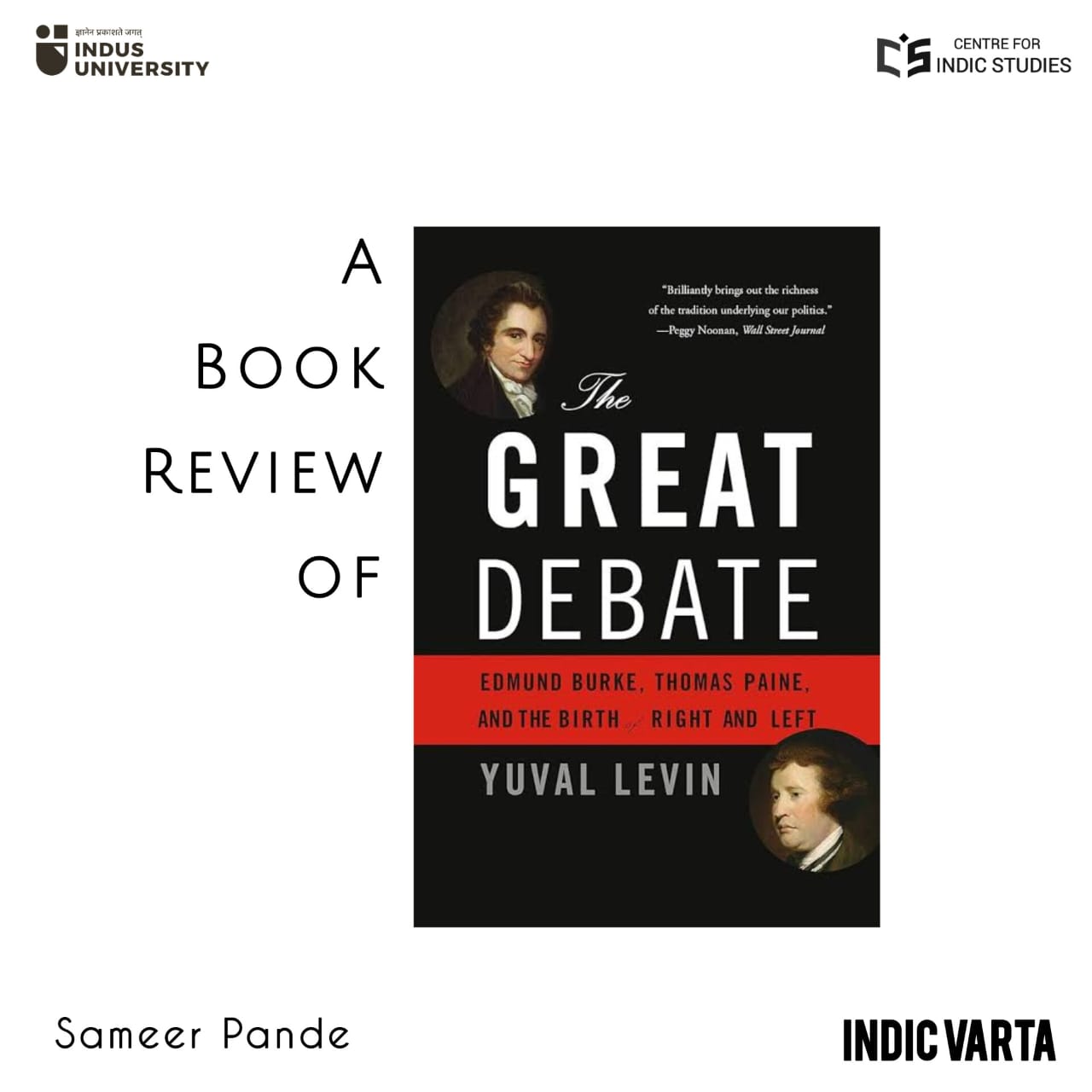- Visitor:46
- Published on:
Revisiting the Beautiful Tree – 8
In this article, the author discusses the other features of the indigenous education system. For in India, the formal schools were not the only way to educate the youth. Many parallel ways of education were working on.

Other features of the indigenous education system
The reports of the Madras survey also reveal some other interesting facets of the indigenous education system in Madras Presidency. While Sanskrit was the medium of instruction in many of the colleges or institutions of higher learning, the language of instruction in all the elementary schools was the regional language in common use in the region where the schools were located. Table VI gives the language profile of the schools in some of the districts of Madras Presidency during 1822-25.
Table VI: Number of Schools Teaching in Different Languages
| District | Grantham | Tamil | Telugu | Kannada | Hindi | Marathi | Persian | English | Total |
| Rajahmundry | 285 | 5 | 1 | 291 | |||||
| Machilipatnam | 465 (4,847) | 19 (234+2) | 484 (5,083) | ||||||
| Nellore | 4 | 642 | 50 | 1 | 697 | ||||
| Bellary | 4 | 226 | 235 | 23 | 21 | 1 | 510 | ||
| North Arcot | 1 (8) | 365 (4,506) | 201 (2,218) | 16 (135) | 40 (398) | 7 (61) | 630 (7,326) | ||
| Coimbatore | 5 | 671 | 25 | 38 | 14 | 10 | 763 |
Source: Dharampal 1983:23.
Note: 1) The figures in the parenthesis indicate the number of students in the particular category of schools. This information is available only for a few districts of the Presidency.
From Table VI, it may be noted that an overwhelming majority of schools in the districts of Madras Presidency in 1822-25 were imparting instruction in the local language. In the Telugu-speaking district of Rajahmundry, of the total 291 schools, 285 were Telugu medium schools, and 5 imparted education in Persian. In the other Telugu-speaking district of Machilipatnam, out of the total 484 schools catering to 5,083 students, it may be seen that as many 465 were of the Telugu medium and they catered to 4,847 students, while another 19 Persian schools catered to 236 students. In Nellore, which is also a Telugu-speaking district, there were 642 Telugu-medium schools and 4 Tamil-medium schools, while 50 schools imparted instruction in Persian language. In the predominantly Kannada-speaking district of Bellary, there were a total of 510 schools in 1822-25. Of these, 235 schools were imparting instruction in the Kannada language; they were closely followed by 226 Telugu-medium schools. Bellary also had 23 Marathi-medium, 21 Persian and 4 Tamil-medium schools.
Of the total 630 schools in the predominantly Tamil-speaking district of North Arcot, the majority – 365 schools (catering to 4,506 students) – were in the Tamil-medium; they were closely followed by the Telugu-medium schools, which numbered 201 and catered to 2,218 students. North Arcot also had 40 Persian, 16 Hindi and 7 English-medium schools imparting instruction to 398, 135 and 61 students respectively. In the other Tamil-speaking district of Coimbatore, of the total 763 schools, the majority – 671 schools – were of Tamil medium; besides them, there were 38 Kannada, 25 Telugu, 14 Hindi and 10 Persian-medium schools.
Table VII: Duration of Schooling
| District | Duration of Schooling |
| Rajahmundry | 5-7 years |
| Masulipatnam | 7-12 years |
| Cuddapah | 2 years |
| Nellore | 3-6 years |
| Bellary | 5-10/15 years |
| North Arcot | 6 years |
| Thanjavur | 5 years |
| Tiruchirappalli | 8 years |
| Madura | 7-10 years |
| Coimbatore | 8-9 years |
| Salem | 3-5 years |
| Madras | 8 years |
Source: Dharampal 1983:25.
Note: The collectors of the remaining districts of Madras Presidency did not submit any information on the duration of schooling..
The average duration of schooling was reported differently by various collectors. In most districts, it ranged between five to eight years, while in a few others it was of even longer duration. Table VII presents the duration of schooling prevalent in various districts of Madras Presidency as reported by the various collectors.
The students were instructed in reading, writing and arithmetic. The collector of Rajahmundry has given a list of the books used in schools and colleges in his district, which is reproduced below (Dharampal 1983:26-27):[1]
1. Bala Ramayanam 2. Rukmini Kalyanam
3. Parijatapaharanam 4. Mula Ramayanam
5. Ramayanam 6. Dasarathy Satakam
7. Krishna Satakam 8. Sumati Satakam
9. Janaki Satakam 10. Prasannaragahava Satakam
11. Ramataraka Satakam 12. Bhaskara Satakam
13. Bheeshanavikasa Satakam 14. Bhimalingeswara Satakam
15. Suryanarayana Satakam 16. Narayana Satakam
17. Prahlada Charitra 18. Vasu Charitra
19. Manu Charitra 20. Shanmuga Charitra
21. Nala Charitra 22. Vamana Charitra
23. Ganitam 24. Pavuluri Ganitam
25. Bharatam 26. Bhagavatam
27. Vijaya Vilasam 28. Krishnalila Vilasam
29. Radhamadhava Vilasam 30. Saptama Skandam
31. Ashtama Skandum 32. Radhamadhava Samvadam
33. Bhaunumati Parinayam 34. Virabhadra Vijayam
35. Lilasundari Parinayam 36. Amaram
37. Swarnadhaneswaram 38. Udyogaparvam
39. Adiparvam 40. Gajendra Moksham
41. Andhranamasangraham 42. Kuchelopakhyanam
43. Rasikajana Manobharanam
The collector of Bellary also included a list of books used in the institutions of higher learning in his district. The same is reproduced below (Dharampal 1983:26):[2]
- Most commonly used
- Ramayana, 2. Mahabharata, 3. Bhagavata
- Used by children from manufacturing classes
- Nagalingayyana-Katha, 2. Vishwakarma Purana, 3. Kamaleshwara Kalikamahatmya
- Used by Lingayat children
1. Vayupurana, 2. Raghavanka Kavya, 3. Girija Kalyana,
4. Anubhavamrita, 5. Chenna-Basaveswara-Purana, 6. Guru Ragale etc.
- Lighter literature read
1. Panchatantra, 2. Vetalapanchavimsati, 3. Punklee-soopooktahuller,
4. Mahatarangini
- Dictionaries and Grammars used
1. Nighantu, 2. Amara, 3. Sabdamanjari, 4. Sabdamani-Darpana,
5. Vyakarana, 6. Andhradipika, 7. Andhranamasamgraha etc.
The list of books cited above shows that at the school level, primary importance was given to the learning of the regional language and arithmetic. Instruction in language was through the study of works of high literary standing (such as itihasas, puranas and kavyas) which also served the purpose of imparting the necessary moral and religious instruction of each sampradaya (religious denomination). At more advanced levels of instruction, there were also works of grammar, lexicography and poetics, mathematics, philosophy and other disciplines (sastras) which formed an important part of the curriculum.
[1] The spellings of the various texts given in the collector’s report have been changed to the spellings commonly in use today.
[2] See fn. 21 above.
- 23 min read
- 0
- 0










